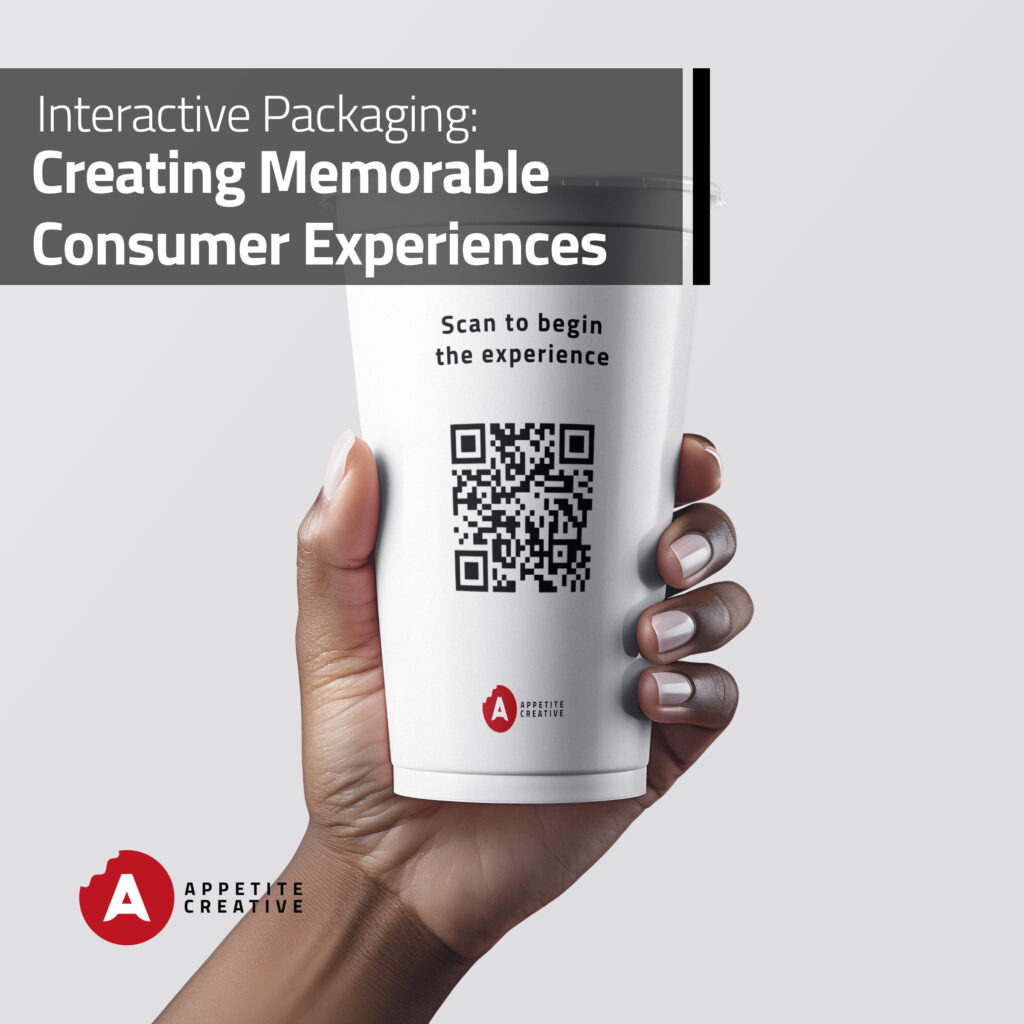
Today’s competitive market means that brands are constantly seeking innovative ways to engage with their audience and create lasting impressions. Interactive packaging has emerged as a powerful tool in this quest, transforming ordinary packages into dynamic and engaging consumer experiences. By integrating advanced technologies, brands can offer interactive elements that not only attract attention but also foster deeper connections with consumers.
The Evolution of Interactive Packaging
Interactive packaging has come a long way from its early days of simple design enhancements. Today, it leverages cutting-edge technologies such as smart packaging, augmented reality packaging, and QR code advertising to create engaging consumer experiences. These technologies enable brands to turn their packaging into a platform for interaction, providing consumers with additional information, entertainment, and personalized content.
Technologies Driving Interactive Packaging
Several key technologies are driving the evolution of interactive packaging, enhancing consumer experiences in unprecedented ways:
- Smart Packaging: This includes various technologies that add functionality and intelligence to packaging. Smart packaging solutions can monitor product conditions, provide real-time updates, and engage consumers with interactive features.
- Augmented Reality Packaging: By overlaying digital information onto the physical world, augmented reality packaging creates immersive consumer experiences. This technology can transform packaging into an interactive display, offering virtual try-ons, games, and more.
- QR Code Advertising: QR codes have become ubiquitous in the realm of interactive packaging. When scanned, they can direct consumers to exclusive content, product information, and special offers, enriching the overall consumer experience.
Designing for Delight: Best Practices
Creating interactive packaging that delights consumers involves thoughtful design and strategic integration of technologies. Here are some best practices:
- User-Friendly Design: Interactive elements should be easy to use and accessible. Complicated interfaces can detract from the consumer experience.
- Seamless Integration: Technologies should blend seamlessly with the packaging design. The interactive features should feel like a natural extension of the package rather than an afterthought.
- Engaging Content: The content provided through interactive packaging should be valuable and engaging. Whether it’s a game, a behind-the-scenes look at the product, or personalized recommendations, the content should enhance the consumer experience.
Case Studies: Successful Interactive Packaging Campaigns
Several brands have successfully harnessed interactive packaging to create memorable consumer experiences. For example:
A well-known beverage brand used augmented reality packaging to allow consumers to play a virtual game by scanning the bottle. This not only increased engagement but also boosted sales.
A leading cosmetics company implemented QR code marketing on their packaging, linking consumers to personalized skincare routines based on their skin type and preferences. This personalized approach significantly improved consumer satisfaction and loyalty.
The Future of Interactive Packaging
The future of interactive packaging is bright, with new technologies and trends emerging to further enhance consumer experiences. Brands can look forward to:
- Enhanced Gamification Marketing: Incorporating more sophisticated gamified elements into packaging will create even more engaging consumer experiences.
- Advanced Data Analytics: By analyzing data collected through interactive packaging, brands can gain deeper insights into consumer behavior and preferences, allowing for more personalized and effective marketing strategies.
- Sustainable Interactive Solutions: As sustainability becomes a priority, brands will explore eco-friendly interactive packaging solutions that do not compromise on delivering exceptional consumer experiences.
Interactive packaging offers a unique opportunity to create memorable consumer experiences that drive engagement and build brand loyalty. By leveraging technologies such as smart packaging, augmented reality packaging, and QR code advertising, brands can transform their packaging into powerful tools for interaction and personalization. As the landscape of interactive packaging continues to evolve, brands that embrace these innovations will be well-positioned to create deeper connections with their consumers.
To delve deeper into the world of interactive packaging and discover the latest trends and technologies, you can watch the recording of the Global Connected Packaging Summit 2024. Learn from industry experts about how to enhance consumer experiences through innovative packaging solutions!
